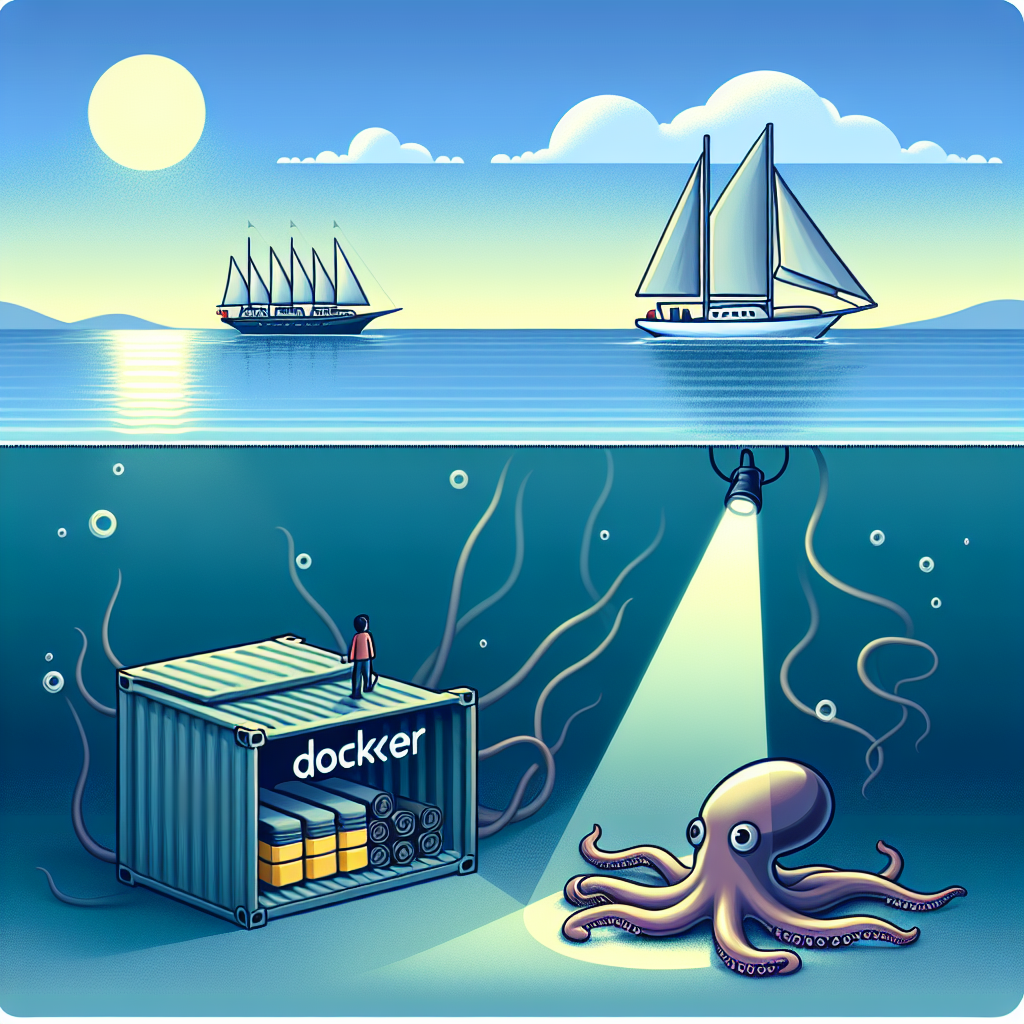Debugging dockerized machine learning (ML) applications in Python can be a challenging task, but with the right tools and knowledge, it can be made significantly easier. In this article, we will explore some of the common debugging techniques and best practices for debugging Dockerized ML applications in Python.
First and foremost, it is important to understand the unique challenges that come with debugging Dockerized ML applications. Docker containers are isolated environments that are designed to be immutable and reproducible. This means that once a container is created, it is difficult to make changes to its environment or inspect its internals without stopping and restarting the container.
One of the key tools for debugging Dockerized ML applications is the Docker command line interface (CLI). The Docker CLI provides a number of commands that can help with debugging, such as docker ps, which lists all running containers, and docker logs, which displays the logs of a specific container. By using these commands, developers can gain insight into what is happening within their containers and identify potential issues.
Another useful tool for debugging Dockerized ML applications is the Docker Compose tool. Docker Compose allows developers to define multi-container applications in a single YAML file, making it easier to manage complex environments. By using Docker Compose, developers can spin up multiple containers with a single command and easily access logs and other diagnostic information.
In addition to using the Docker CLI and Docker Compose, developers can also take advantage of Python’s built-in debugging tools, such as the pdb module. The pdb module allows developers to set breakpoints in their code, inspect variables, and step through their code line by line. By using pdb in conjunction with Docker, developers can gain insight into how their code is running within the container and identify potential issues.
Lastly, it is important to leverage logging and monitoring tools to track the performance and behavior of Dockerized ML applications. Tools such as Prometheus and Grafana can provide developers with real-time insights into the health and performance of their containers, allowing them to quickly identify and resolve any issues that may arise.
In conclusion, debugging Dockerized ML applications in Python requires a combination of tools, techniques, and best practices. By using the Docker CLI, Docker Compose, Python’s built-in debugging tools, and logging and monitoring tools, developers can gain insight into their containers, identify potential issues, and resolve them quickly and efficiently. With the right approach, debugging Dockerized ML applications can be made significantly easier, helping developers to build more robust and reliable applications.

